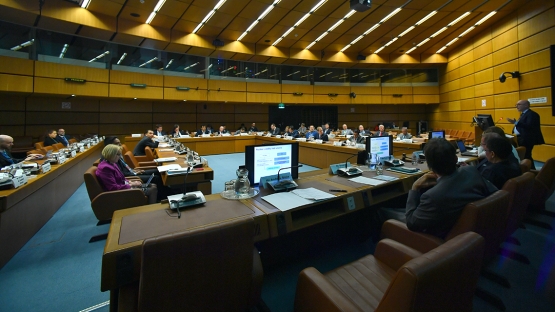Understanding the basic principles of the international nuclear liability regime was the main objective at the sixth IAEA Workshop on Civil Liability for Nuclear Damage in Vienna last week.
“The international nuclear liability regime can be very complicated and so our workshop aims to outline the main elements of the regime and to answer any questions that Member States may have in this context,” said Peri Lynne Johnson, IAEA Director and Legal Adviser of the Office of Legal Affairs.
“The question of why adherence to a nuclear liability regime is important would seem to be obvious for nuclear power countries but the incentives are less apparent for those without,” said Julian Ludbrook, INLEX Member from New Zealand. In his presentation, Mr Ludbrook noted the risks posed to coastal States by maritime transport accidents when nuclear material is involved. Coastal States, both with and without nuclear power, therefore place value in ensuring that any such regime adequately addresses their concerns.
Participants heard presentations on the international nuclear liability regime in general, as well as presentations on the individual international instruments which constitute the regime.
“The workshop was especially important as there are an increasing number of countries developing nuclear power programs that are not currently party to the existing nuclear liability regime,” said Steve McIntosh, INLEX Chairman from Australia. “In order to encourage greater universalization of these instruments we hope to highlight their benefits and remove as much of the ambiguity as possible.”
The workshop was organized with the support of experts from the International Expert Group on Nuclear Liability (INLEX) which is an advisory body to the Director General and the Director of the Office of Legal Affairs on nuclear liability issues and consists of experts from Member States both with and without nuclear power plants.






